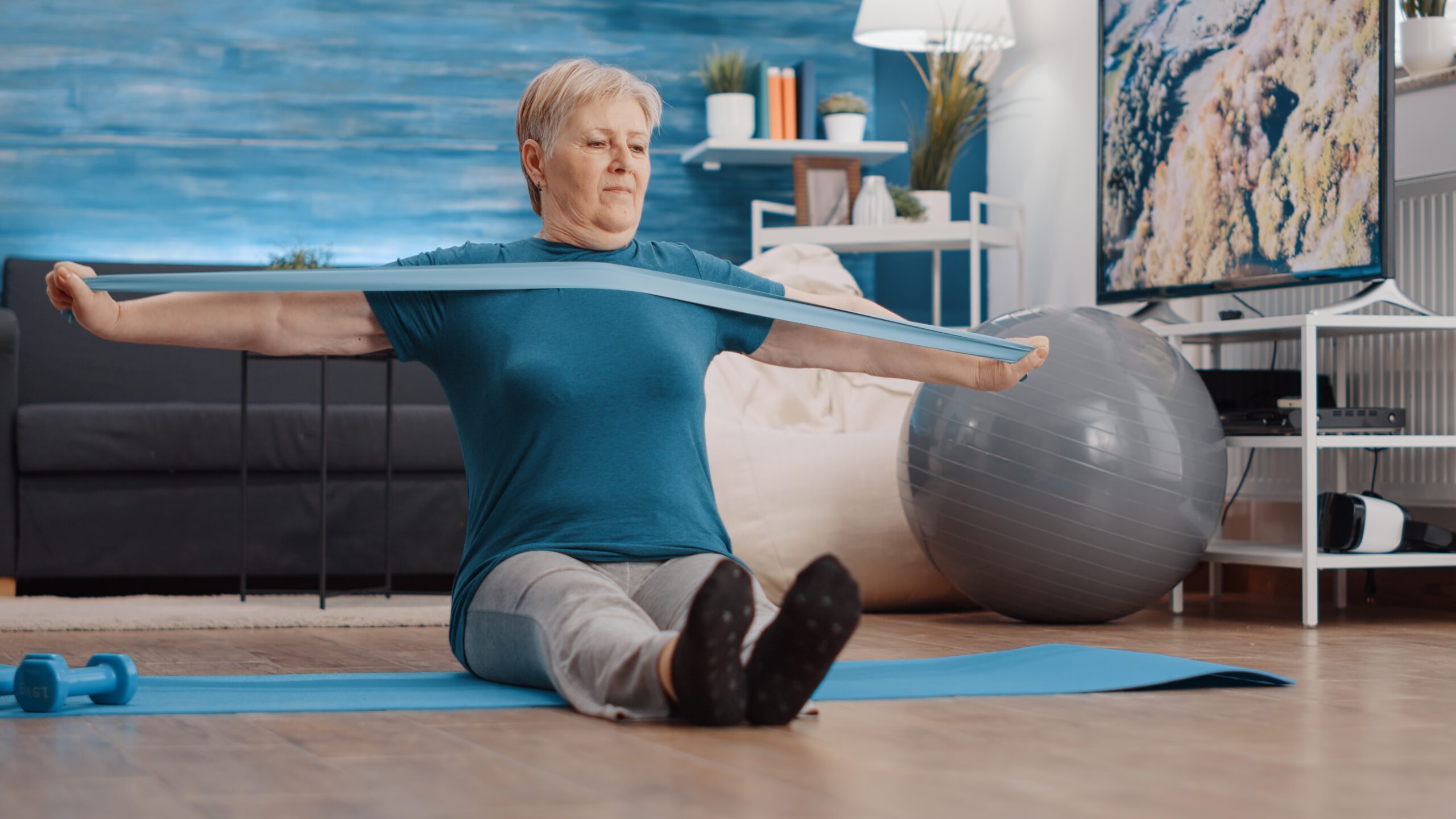Physical health becomes more of a priority when it comes to getting older. Staying healthy is important, but not all exercise is a great fit. Being mindful of what types of exercises will serve an individual’s body is one of the most important factors to consider.
Where there is tons of information online, it can feel overwhelming to seniors about which approach to take. Here, we break down wellness and fitness programs that suit seniors as well. where there is tons of information online, it can feel overwhelming to seniors about which approach to take. Here, we break down wellness and fitness programs that suit seniors as well.

What Makes a Good Class?
The first question to talk about when it comes to choosing a health and wellness program for seniors is understanding what would make a good class. As we get older, our bones are more fragile, and we become more susceptible to falling due to lack of mobility.
Prioritizing exercise that will increase mobility and focus on balance are the two most important concepts. This means exercise that builds strength in our muscles should be at the forefront.
Let’s talk about some of the great fitness activities that are perfect for seniors. This means exercise that builds strength in our muscles should be at the forefront. Let’s talk about some of the great fitness activities that are perfect for seniors.
Chair Yoga
You may not have heard of chair yoga before, but it is one of the best options for seniors out there. That’s because it hits all the areas of strength, training, mobility, flexibility, and even mental health.
Chair yoga, as you may have guessed, provides a chair for both resting and stability. This allows seniors to practice their moves in a space that is safe and provides support. It’s also great for many levels, whether you’re flexible and well-practiced or brand new. Chair yoga is great for everyone, not just seniors.
Strength Training
Strength, training, and physical therapy is an incredibly important part of exercise as you get older. A common misconception is that strength training is all about getting big muscles. But strength training should be functional, which means working on muscles to help keep us balanced and improve our everyday movement.
Often nowadays, physical therapy combines strength training to help with injury prevention. This is why many assisted living programs offer physical therapy as a part of daily activities. It’s common for joints to have wear and tear, and strength training may relieve some of the pain from this.
Water Aerobics
Water aerobics is a fan favorite for many reasons. Not only is it super light on the joints, allowing many to participate in this kind of exercise, but it’s also great resistance training. Resistance training is a form of strength training without free weights.
Many programs with water aerobics offer fun classes whether it’s dancing in the water or more movement and strength-focused. Something that often keeps seniors away is adult diaper discomfort. Wearing waterproof diapers can be an easy fix.
Dance Class
For those who like to stay on their feet, dance class is a great way to meet people and stay connected. Whether you’re learning ballroom dance or participating in a Zumba class, getting up and moving around is a great program for seniors. Just because seniors are a little older doesn’t mean they can’t shake it to the music!
Walking Clubs
Don’t underestimate the power of a good walk! During the pandemic walking became one of the most popular forms of exercise among all age groups of people. Walking has so many benefits and is a relatively easy exercise on the joints.
Being able to push yourself and add stairs and hills can put us in the zone two heart rate. This is a fat, burning heart rate zone, which is super beneficial to any seniors who might be slightly overweight. Walking can help lower blood pressure and provide mental clarity.
Mindful Tips When Exercising
Whether it’s your first time exercising or your season pro, always keeping in mind these few tips will help keep you safe and healthy.
- Always start with a good warm-up. Our muscles and joints aren’t ready to go like we may be in the first minute. Proper stretching and heating up will help avoid any injuries.
- Staying hydrated will help with endurance, but water isn’t always enough when exercising. Including electrolytes in your hydration routine will fuel you.
- Exercise is difficult and can become boring quickly. That’s why it’s important to mix it up and also make it a social event where you can bond with other people doing the same thing.
- Consulting with your healthcare provider before engaging in any new exercise is always a good idea. They know your health history and can help make decisions about plans tailored for you.
Keeping the simple things in mind will help make exercise more fun than a chore. Because we tend to make things easier for the elderly. It’s often an excuse not to push ourselves, But with exercise to stay young and healthy, pushing ourselves the right amount is what we need.
Finding The Right Fit
Exercise plans should be tailored to an individual’s needs because all of our bodies are different. This is also true at senior age, with a lifetime of injuries and wear and tear. It’s important to keep these factors in mind when choosing the right exercise, someone who can endure the twists and turns of dancing may not enjoy water aerobics.
Just the opposite, those who do water aerobics may not be capable of doing dancingGeneral exercises such as strength, training, and yoga are a better fit for everyone and can offer different pieces








